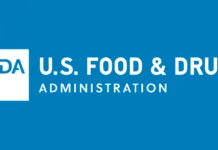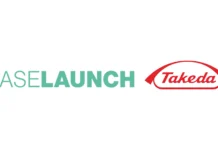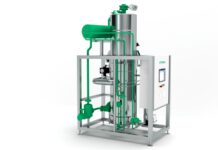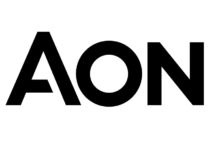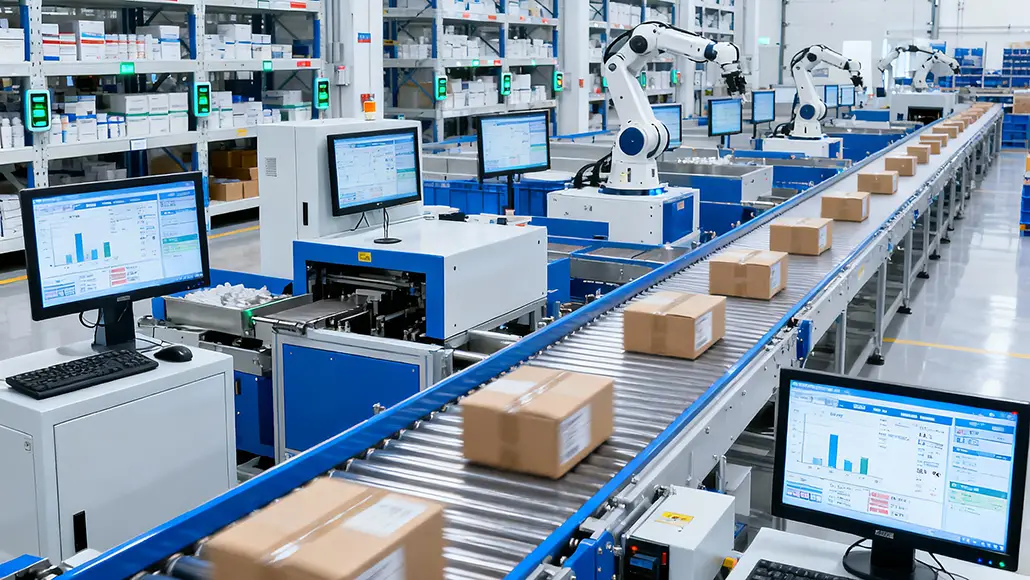Pharmaceutical supply chains are fundamentally evolving as global disruptions, regulatory demands, and patient expectations converge to redefine how drugs reach the market. In today’s environment, pharmaceutical supply chain resilience depends not only on physical infrastructure and traditional logistics but also on the strategic adoption of artificial intelligence, predictive analytics, digital twins, and end-to-end visibility solutions. This paradigm shift is accelerating the industry’s transition toward smart manufacturing and agile, sustainable supply networks capable of meeting patient needs more reliably and efficiently than ever before.
Pharma supply chain optimization is a high-stakes challenge. Events like COVID-19, geopolitical instability, and raw material shortages have shown just how vulnerable traditional supply chains can be. Pharmaceutical manufacturers, distributors, and logistics partners are now prioritizing solutions that enhance transparency, anticipate disruptions, and react to both local and global risks in real time. In this digital age, the use of AI in pharma logistics and other advanced technologies is quickly becoming the gold standard for operational excellence and resilience.
The New Drivers of Pharmaceutical Supply Chain Resilience
From Crisis Response to Predictive Analytics
The conventional approach to supply chain management has usually been reactive, centered on responding to crises as they occur. However, industry disruption, such as last year’s chemotherapy drug shortages, has revealed vulnerabilities across inventory management, cold chain processes, and supplier coordination. These disruptions have accelerated the adoption of pharma supply chain optimization tools that leverage predictive analytics, real-time monitoring, and AI-driven risk assessment to spot bottlenecks and mitigate quality concerns before they threaten patient care.
Today, AI in pharmaceutical supply chain management enables more than just automation. By mining diverse data sources—from historical shipment records to weather forecasts and supplier performance metrics—machine learning models can identify emerging risks and dynamically adjust inventory levels. This minimizes costly stockouts and excessive inventory, controls losses and ensures that life-saving medicines are available precisely when and where they are most needed.
Smart Manufacturing and Digital Supply Chains
Pharma industry investments in smart manufacturing, digital twin supply chain platforms, and IoT-enabled logistics have grown exponentially. Digital twins, or virtual replicas of supply chain systems, are being adopted from manufacturing to last-mile delivery. These twins use real-time sensor data to simulate conditions, foresee bottlenecks, and test scenarios with countless variables—including global events or ingredient shortages. For example, a global manufacturer can now simulate supply chain impacts caused by a shipping delay in China, a weather event in Europe, or a production slowdown in India, and then proactively shift stock and reroute logistics to maintain service levels.
By integrating AI with IoT devices and cloud analytics, companies enhance visibility across every link in the chain. Cold chain monitoring, for instance, helps ensure that temperature-sensitive drugs remain stable throughout shipment. If a deviation is detected, automated alerts allow for immediate intervention and risk mitigation. As a result, supply chain managers are empowered not just to react to disruptions but to anticipate them, making pharmaceutical supply chain resilience a reality.
Building End-to-End Resilience through Advanced Collaboration
Collaborative Networks and Real-Time Data Sharing
Supply chain resilience also depends on the quality of collaboration between manufacturer, distributor, and service provider. Increasingly, pharmaceutical companies are forming horizontal and vertical partnerships that go beyond transactional relationships. These collaborative networks share real-time operational data, inventory status, and demand forecasts, enabling partners to synchronize efforts, buffer against shocks, and accelerate recovery when disruptions strike.
Track-and-trace technology, serialization, and authentication solutions play a pivotal role. By adopting industry-wide standards and digital ecosystems, companies gain granular control over production flows, ensure regulatory compliance, and deter counterfeiting. These solutions not only boost supply chain effectiveness but also build patient and provider confidence in the availability and safety of medicines.
AI-Centered Intelligence and Risk Mitigation
Centers of Excellence focused on AI and digital supply chain innovation are becoming standard across leading pharma organizations. These teams drive the ongoing adoption and continuous evolution of AI capabilities throughout the supply network, ensuring sustained competitive advantage. The ability to predict market demand, simulate supply shifts, and automate order fulfillment can now be embedded directly into business processes, transforming traditional pharma logistics into future-proof, resilient ecosystems.
Key Technologies in Pharmaceutical Supply Chain Resilience
| Technology | Function | Example Application |
| AI & Predictive Analytics | Demand forecasting, dynamic inventory | Minimize stockouts, optimize inventory costs |
| Digital Twin Supply Chain | Real-time supply chain simulation | Scenario testing for disruption management |
| IoT-enabled Logistics | Continuous monitoring of shipment and environment | Cold chain compliance, automated risk alerts |
| Track & Trace | Serialization, authentication | End-to-end visibility, anti-counterfeit |
| Collaborative Networks | Data sharing, partner integration | Synchronized production and distribution |
The Future: Proactive, Sustainable and Patient-Focused
Pharmaceutical supply chain resilience is no longer a distant goal; it is a competitive necessity that anchors business continuity, regulatory compliance, and patient trust. Companies prioritizing digital transformation and AI adoption are redefining what supply chain excellence means—improved operational efficiency, greater reliability, sustainable practices, and faster time-to-market for lifesaving drugs.
As AI, digital twins, and smart manufacturing converge, pharma leaders must encourage active partnership and technical innovation across global supply networks. By proactively investing in technology, continuous improvement, and transparent collaboration, pharmaceutical supply chains will be better equipped to weather disruptions, safeguard quality, and deliver on the healthcare mission in any scenario.




